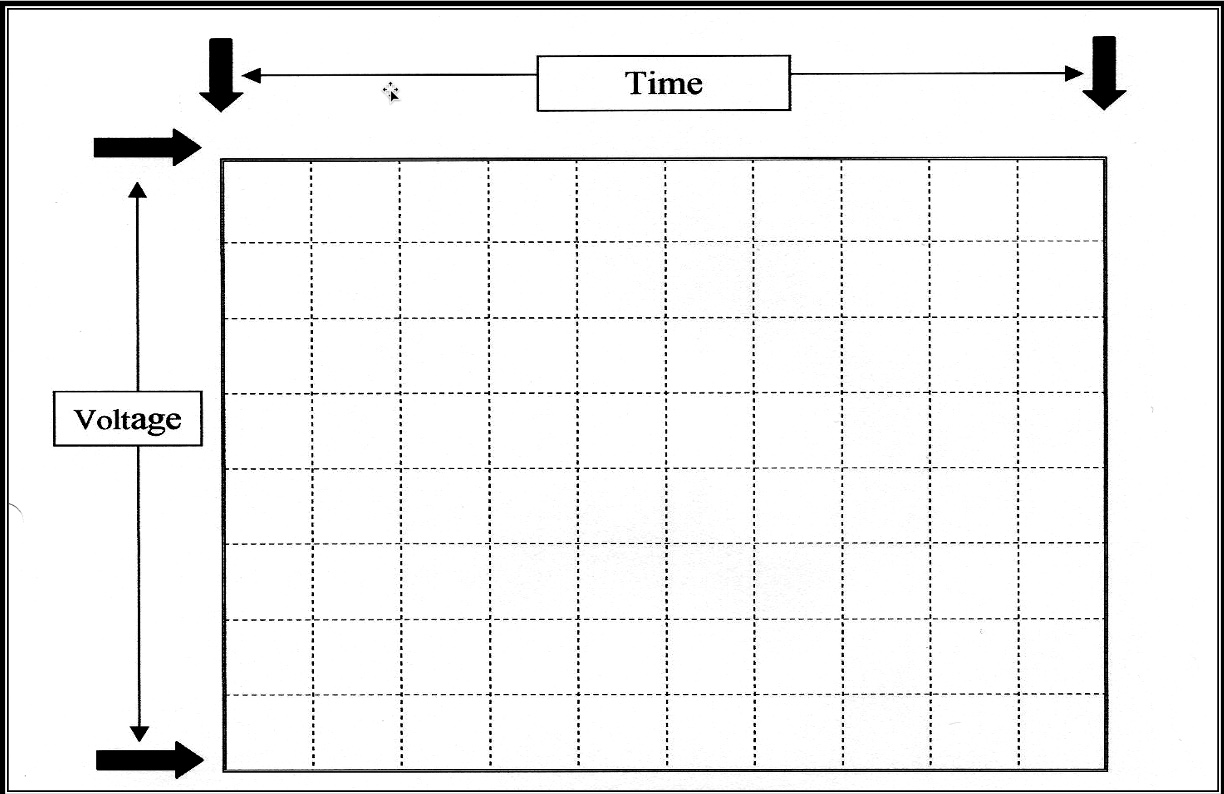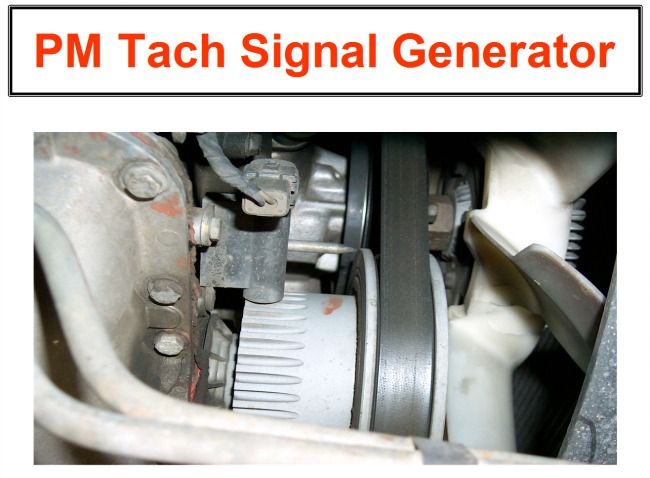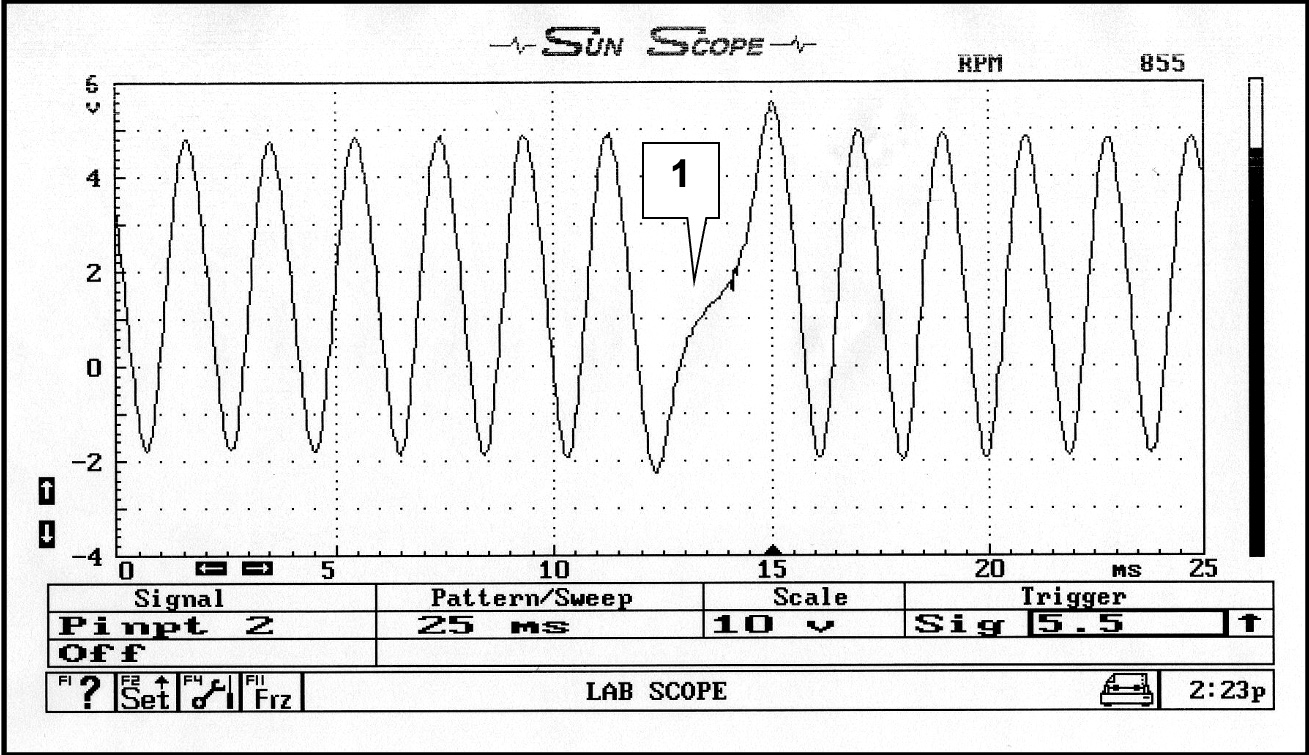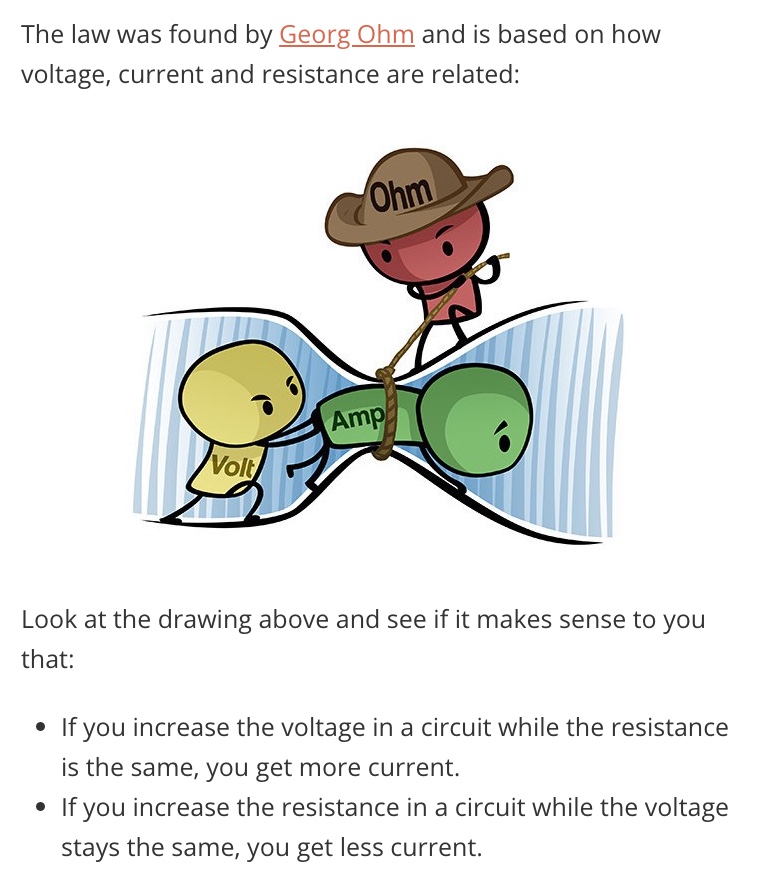Permanent-Magnet : Smog License Update Class Training
Permanent-Magnet:
A lab scope is basically a fancy voltmeter that displays voltage on a vertical axis and time on a horizontal axis. The Digital Storage Oscilloscope "DSO" basically traces the voltage of a period of time.

The screen is made up of divisions vertically and horizontally for example:
Some scopes have 8 x 10 displays, 8 divisions going vertical and 10 going horizontal and there are some are
10 x 10 displays, 10 divisions going vertically, and 10 going horizontally.
DIGITAL STORAGE OSCIILLOSCOPE

Each division has a measurement of voltage are time, here is an example. If a scope shows a 20-volt selection, this means the measurement per division is 2 volts, 2 volts per division.
What this means is if I have set the voltage screen to 20 volts and the scope has 10 vertical divisions, each division is worth 2 volts.
The voltage settings should always be set to represent the component being tested. If you are testing a sensor with a 5 volt reference, the voltage setting should be set to see at least 5 volts.
In this example I would be setting the voltage scale to 1 volt per divisions with 10 divisions would give me a total voltage range of 10 volts.
Horizontally Divisions Represents Time
The divisions horizontally represent time, there are 10 divisions and the total time setting is 2 seconds. Two seconds is the same as 2,000 ms with 10 horizontal divisions each division is worth 200ms or .2 of a second per divisions.
What is a Permanent-Magnet Generator
A magnet is a small, one coil AC Generator
The case is usually made of some type of aluminum to stop interference
The Permanent-Magnet is a coil wrapped around a magnet with a trigger wheel in motion to produce an AC voltage

When a tooth of a gear passes the magnet a pulse is produce
Each time a tooth passes the magnetic pickup, the flux lines stretch and snap, causing a pulse
The AC signal you see below is a Sine Wave from a crank sensor but the Vehicle Speed Sensor is the most common speed signal seen on automotive vehicles.

The speed sensor is created by a permanent magnet generator or sometimes called a pulse generator or magnetic pickup. The sensor has two wires and current & voltage will pulse positive or negative.
With a wheel speed sensor the usually the magnet rotates and the stator is fixed but there different setups depending on the manufacturer.
To receive the best picture on a lab scope hook up one of the leads from the scope to positive side of the sensor and the other lead to the ground side wire of the sensor
Permanent-Magnet Produces AC Voltage
The permanent magnet is a two wire sensor, that produces a AC voltage
Unlike a Hall Effect Sensor which receives 12 volts power, ground and a signal wire which transfer the signal from the Hall Effect to the Ignition control wire or Powertrain Control Module.
The AC voltage should never receive 12 volts because it produces its own voltage, if there are 12 volts on one of the permanent magnet wires there is most likely there is a short to one of the wires.
Computers can only read Digital Square Waves
Computer's must digitize analog A/C and D/C signals before the computer can use that signal.
Alternating Current (AC) or Direct Current (DC) signals including certain sensors that produce alternating current "A/C" voltage, for example, some crank and cam sensors, vehicle speed sensors produce an analog AC signal.
These voltage's will need to be converted so the PCM can use the signal.
Analog DC voltage which is produced by the Engine Coolant Temperature Sensor "ECT", or Throttle Position Sensor "TPS" which produces an analog DC voltage will need to be converted also.
These signals are not digital but analog and before the computer can use it the signal will need to be converted to a Digital Square Wave
There is a mini test associate with this video
Use you Tech Help Book from the zoom asynchronous class as reference
SMOG UPDATE CLASS: CLICK HERE FOR AFOC WEBSITE
CLASS SCHEDULES
Emission Control 1:
B.A.R. Smog Check
Inspector Level 1
(Inspector "Smog" License):
Engine Fundamentals
8am - 12:15 pm
Summer Class
7/5/2022 -8/5/2022
Class # 799065
Emission Control 2:
B.A.R. Smog Check
Inspector Level 2
(Inspector "Smog" License):
Rules and Regulations
8am - 12:15 pm
Summer Classes
7/5/2022 - 8/5/2022
Class # 799067
Engine Performance 1:
8am - 12: 15 pm
Date: TBD
Class # 799069
Engine Performance 2:
B.A.R. Specified Diagnostic
and Repair Training
(Repair "Smog" License)
Time: TBD
Date: TBD
Class # 799071
Emission Control 1
(Inspector "Smog" License):
5:00pm - 8:45 pm
Date: TBD
Class # 799065
Emission Control 2:
(Inspector "Smog" License):
5:00pm - 8:45 pm
Date: TBD
Class # 799065
Exhaust Emissions (Update Class):
5:30 pm - 8:45 pm
Tuesday nights:
Dates: coming soon
Class # 796070

